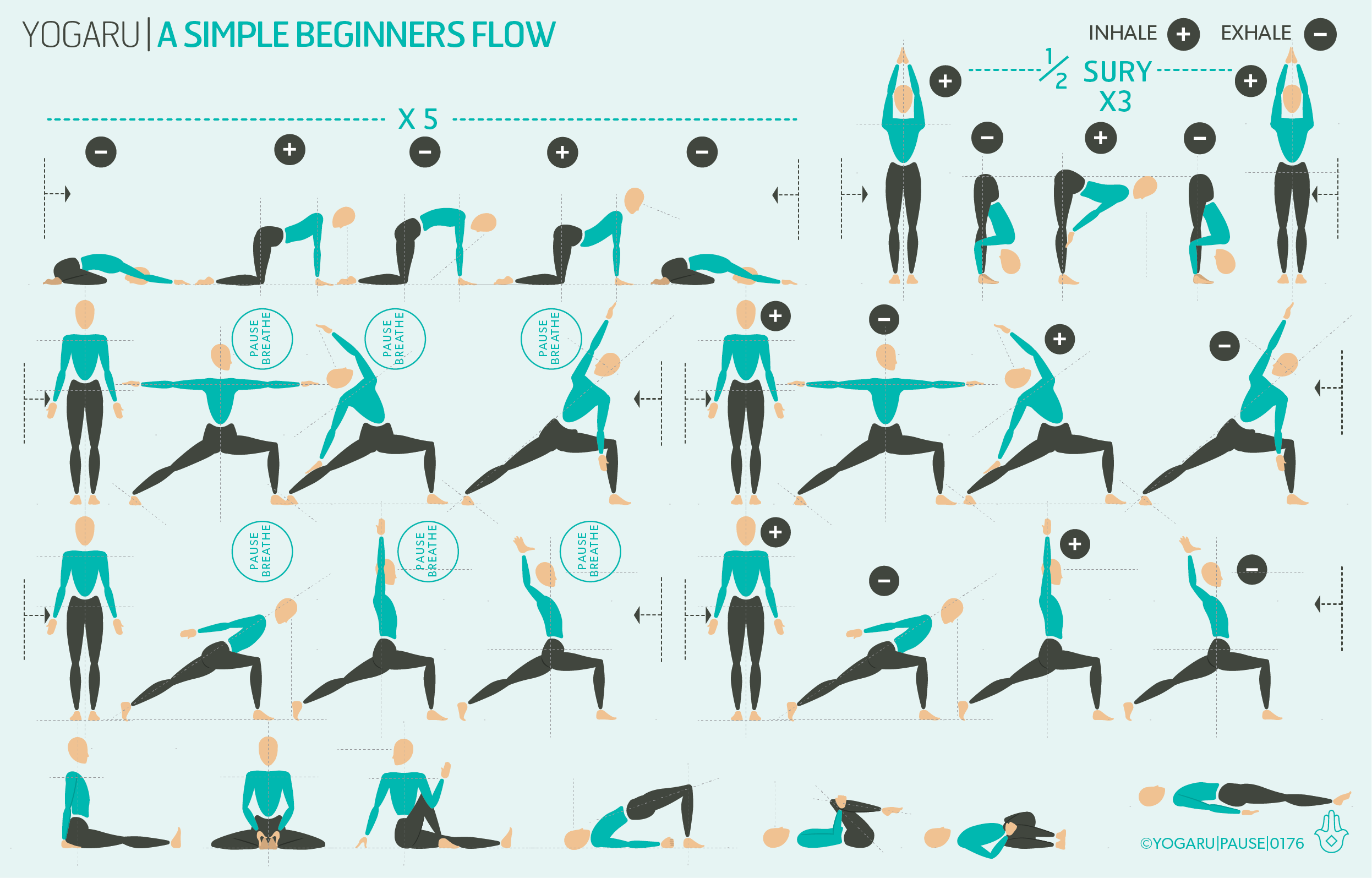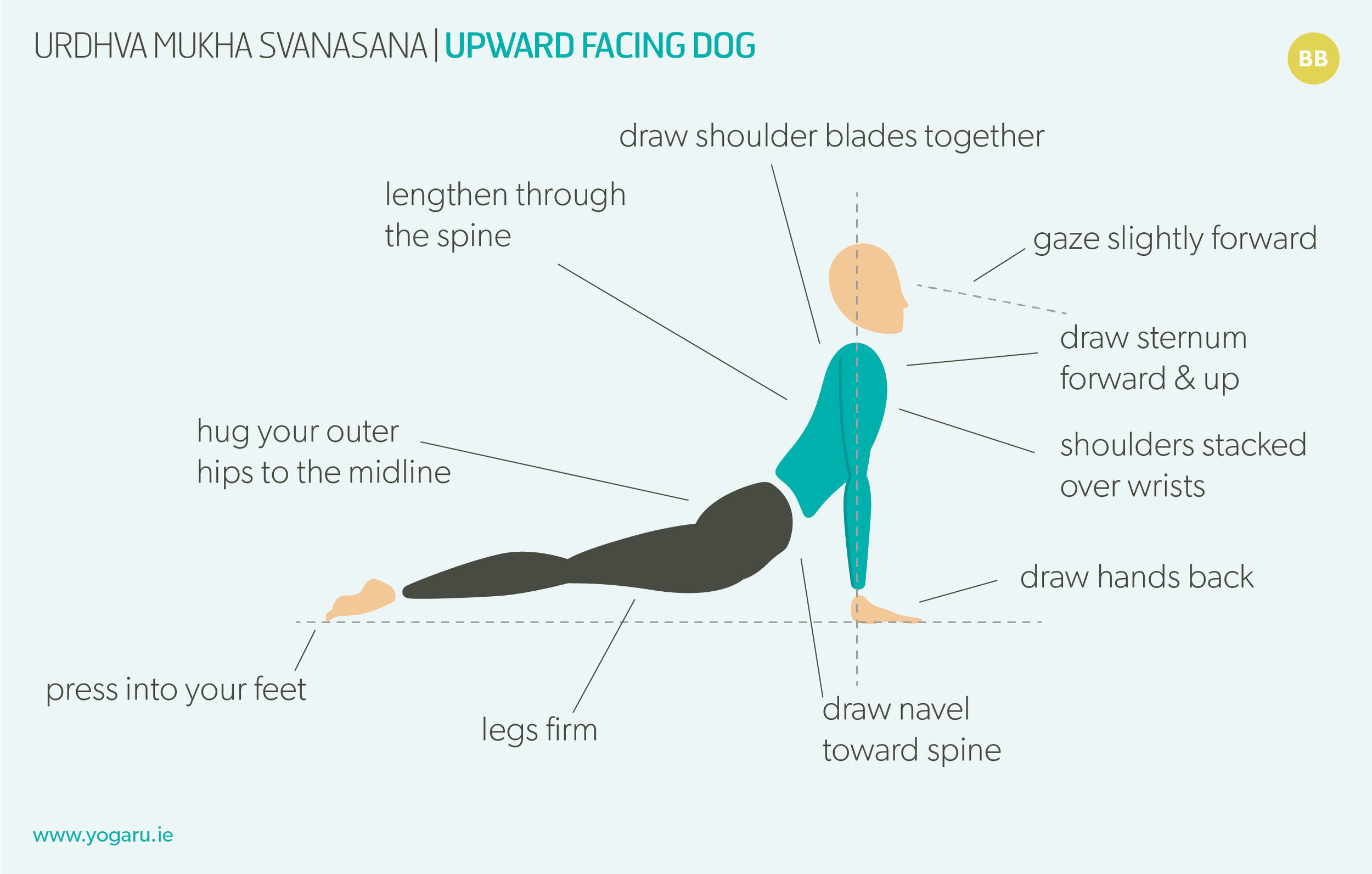YOUR MIND BODY CONNECTION
If yoga is new to you, you are not alone. We were all beginners at some point and it is testament to the power of the benefits of yoga, that so many of us found our way back on to our mats after giving it a go. Learning how to move, and connecting body and mind, is a bit like learning a new language. Moving on your mat might feel awkward at first, but you will grasp this mind, body language very soon. The mind, body connection is one of the many benefits of yoga and is incredibly important for our physical and mental wellbeing. The body is a communication highway - hunger or satiety, tired or energised, happy or unhappy - yoga helps us read the signals our body is sending us, giving us the chance to adjust to meet its requirements before it hits a dead end.
Yoga also teaches us to cultivate a deep therapeutic and calming breath as we move. Consciously breathing stimulates a cranial nerve called the vagus nerve, which brings the body into the rest & restore nervous system response, or the parasympathetic nervous system response. This creates optimal conditions for the functionality of the organs of the body – strengthening the immune system, increasing lung capacity, increasing circulation, aiding digestion and increasing overall wellbeing. Initially you might find yourself holding your breath, which is very common when we are concentrating. Your first task is just to remember to breathe, once you master that you can start to link breath with movement as suggested by ‘+’ and ‘-’ in the sequence.
SELF CARE NOT SELF JUDGEMENT
Yoga is your practice. Regardless of whether you are doing self practice or attending classes, nobody will ever know how a pose feels to you, except you. For this reason you must embrace this as your very own unique experience and listen carefully to what your body is telling you. When you are using my illustrations or a teacher as a guide, it is exactly that – a guide. Your body will tell you how far it is ready to stretch or strengthen. Remember we are all very different on the outside and the inside too. A pose that one person is luxuriating in can feel pretty challenging to you and vice versa. Most importantly, practice without self judgement. If you have made it onto your mat, and care enough about yourself to give yoga a go, you are more than halfway there. In return for this brave step you have made, be kind and encourage yourself every step of the way. The best gift you can give yourself is to teach yourself to take Savasna at the end of each practice. This is simply lying down on your back for anything between 2-10 or more minutes and assimilating the work you have done. This allows your nervous system to settle down and prepares you for your day off the mat.
EXPLORING SIMPLE BEGINNERS FLOW IN YOUR PRACTICE
The first row gently warms you up with a child pose flow and a few rounds of Half Sun Salutation or Half Suryanamaskar (½ SURY). Rows two and three are your standing flows. You will hold each pose for 3 deep breaths to help, then you will repeat the same flow with the suggested inhale and exhale, as indicated by the illustrations. If the breath isn’t settling into a smooth rhythm as you move, repeat the first version where you hold the pose for 3 breaths again. At the start of each mini flow you can either step back from the top of your mat or you can add a Half Suryanamaskar from the first row and then step back into the flow.
TIPS TO GET YOU STARTED
Have a read of the follow tips to help you get started with your yoga practice:
Tip 1
Little and often is better than trying to get on your mat once a week to do a long practice. Start small with just 10 minutes, three times a week and let it naturally grow from there.
Tip 2
Make a commitment to yourself to give it your best shot, but if you don’t make it onto your mat don’t give up. The great thing about home practice is that it slots into your schedules.
Tip 3
Practise anywhere your mat fist – end of your bed, kitchen, sitting room. Politely let your ‘housemates’ know that your practice is your quiet time.
Tip 4
If possible try incorporating your home practice into your morning routine before you start your day.
Tip 5
Don’t panic or overcomplicate things. If there is a pose you are not sure about either skip it or if you have time use the asana section of my website to read the alignment cues for the pose.
Tip 6
When you are ready to move on to a new sequence you will find hundreds of sequences to try on my website. Some even come with a YouTube class of the sequence.
ALIGNMENT CUES
There is no specific peak pose in this simple beginners flow sequence. Move nice and slowly through your practice and enjoy being the boss. Get close to your breath, and take extra breaths in poses you are enjoying.
Have a read of the tips below and either print out the sequence or save it onto your device:
Use the breath guide in the sequence to help you link breath with movement in the flow. Inhale is indicated with a ‘+’, exhale is a ‘-”.
Move slowly from pose to pose taking 3 breaths in each pose. Scan your three platforms – feet, hips and shoulder – to check your alignment.
For a longer practice repeat each of the standing mini flows three times.
To save the images for personal use click and hold down the image until the ‘save image’ option appears; on Mac hold down ‘control’ and click the image to get the option box; on PC right click on the image to get the option box. Scroll down in the ‘option box’ and click ‘save image’.
Ruth Delahunty Yogaru





